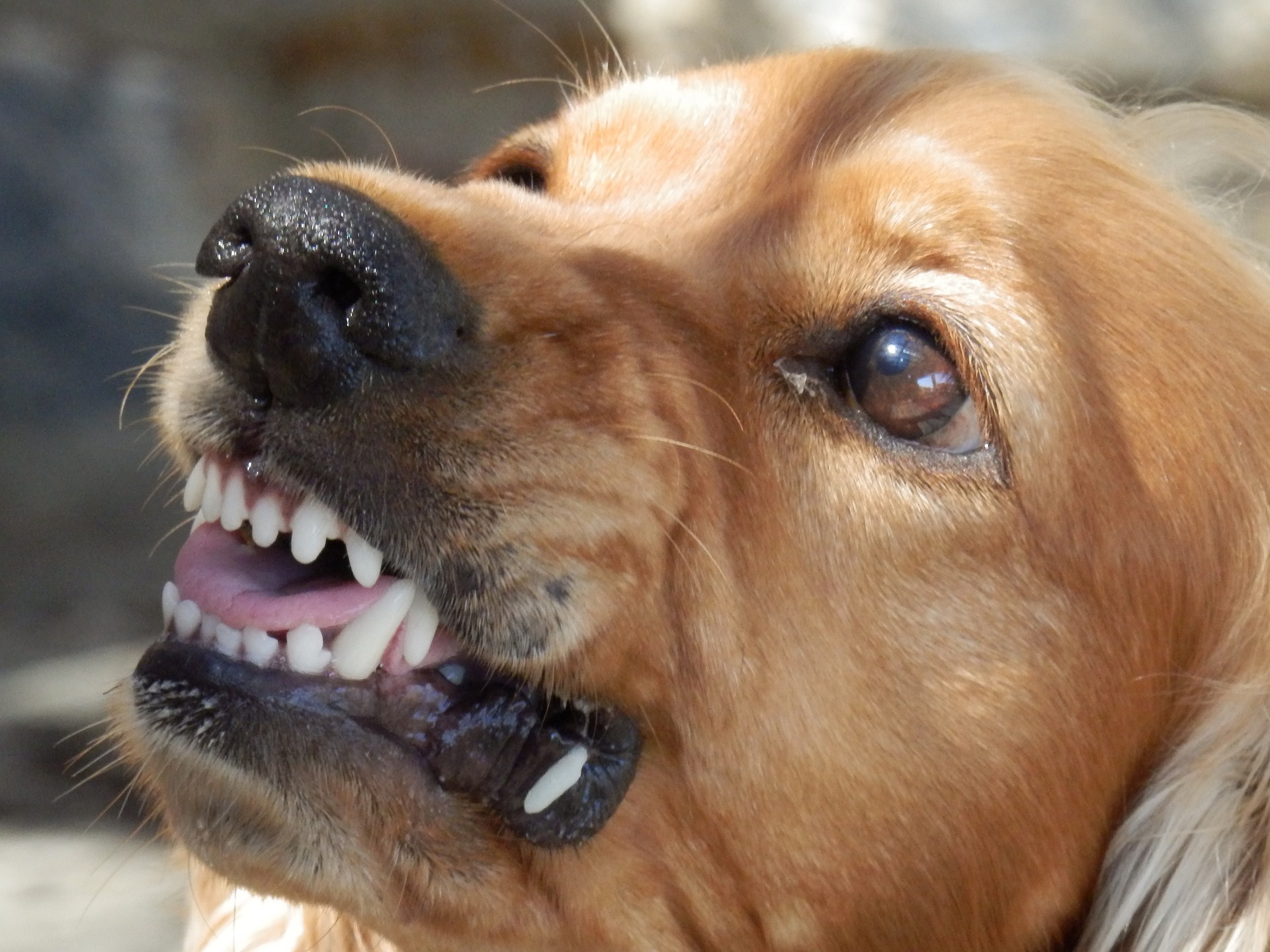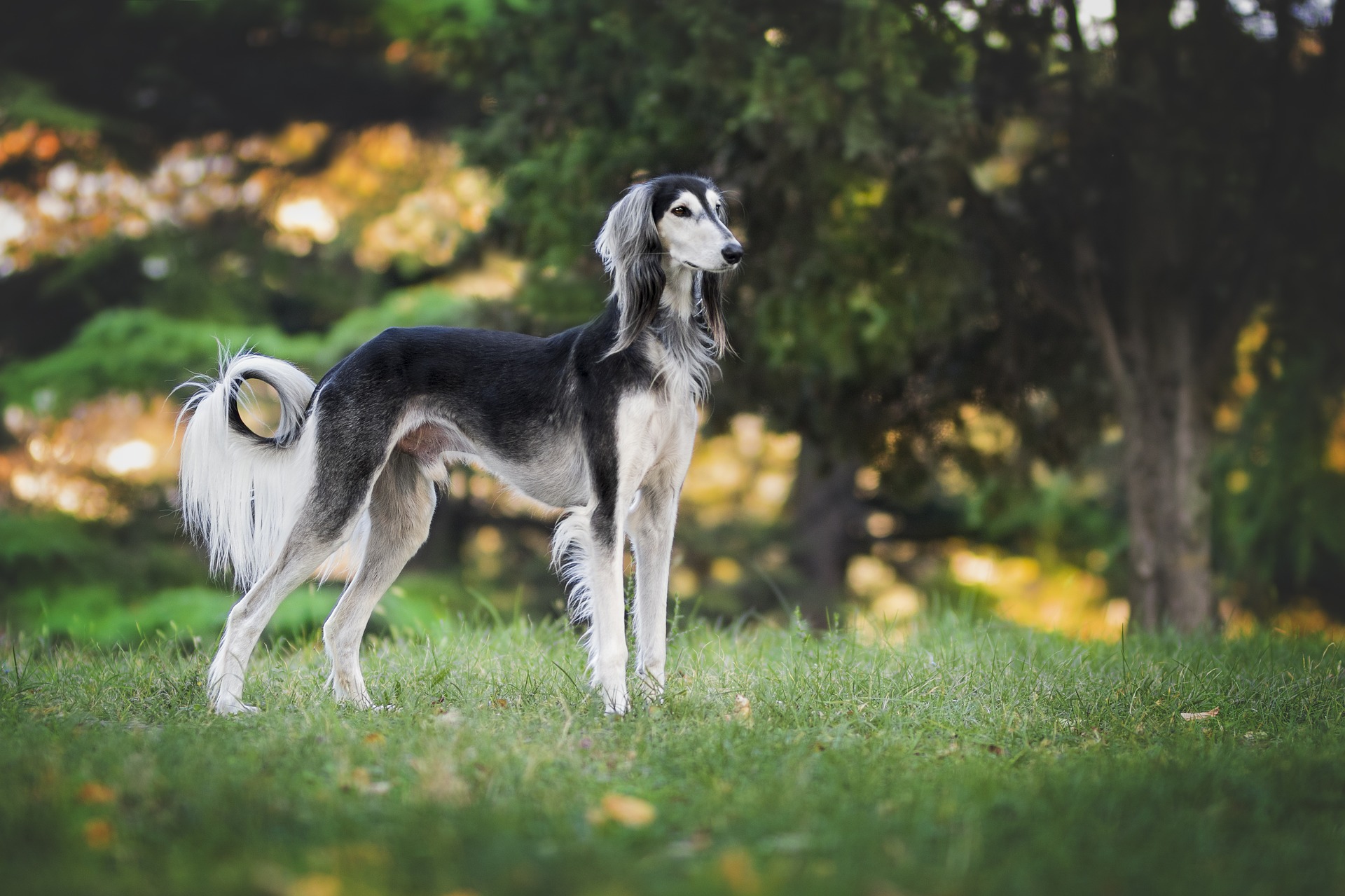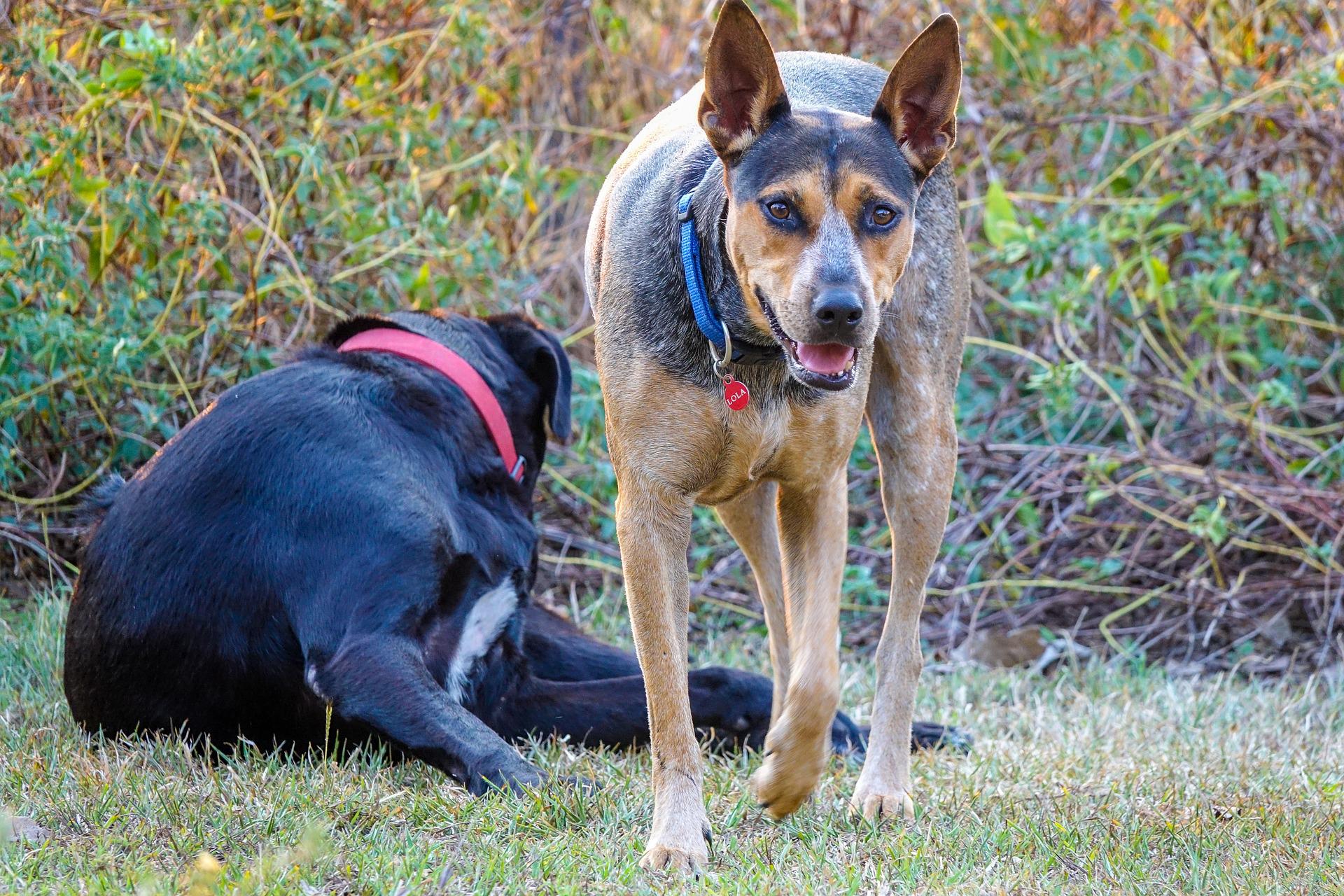Domesticated Dog
Though many consider a dog to be man's best friend, there are those who find them monstrous. The jaws that can rend a Pixie is a terrifying aspect. Not to mention the fact that they can run, jump, and pull things out of the air.


dog by freegr
I can't believe those humans live with such beasts. They can cause some serious harm especially to their young ones. What made them think it was a good idea? I would never let anything like that live in my home. That's like letting the fox loose in the hen house.The plan for domesticated dogs was to breed a working animal. Dogs bred for herding are fast and lithe. Those bred for travel were strong and powerful. There are breeds for hunting, guarding, and eventually they decided to breed some specifically for keeping kids distracted while the parents are busy. Pixies find dogs to be terrifying since a pixie is only about six inches tall and to most dogs they look similar to insects.
DOMESTICATION
The first dogs were bred in Thormalk, from wolves of the great forest. These animals were bred for the purpose of herding and hunting. Over centuries of breeding programs they refined the traits they wanted in their animals. The herding dogs were quick, lithe, and had soft mouths. They stood about two feet at the shoulder. Thormalkians use these dogs for herding cattle, horses, and children. The coats of these animals are a brindled white and black to make them easier to spot in the vast plains of grain. Their hunting dogs are smaller in order to hunt rabbits and other burrowing rodents. These dogs are only about ten inches at the shoulder and sport a coat of chocolate coloured fur. Their size is perfect for chasing rabbits into their warrens and scaring them out allowing the farmers to catch them for their meat. When the Travelling Bards saw the dogs of Thormalk they talked to a breeder and had a special breed bred for them. These dogs were large and bred to guard the caravans, while also watching small children and keeping them safe from danger. Because the bards are a travelling group and do not stay in one place for long their dogs were bred for stamina. They sport a short coat of golden fur that does not need much care since the bards don't have lots of time to tend to them. Certain traders would purchase puppies as an oddity initially to sell to those who lived in other areas. This was a successful endeavor and soon the other nations were breeding their own dogs. Many Fae were taken by the cuteness and effectiveness of certain breeds and bought them to help. That was until the dogs decided they wanted to "play" with the tiny pixies. This led to dogs being outlawed in The Fae Wilds, though there are some Redcap villages which smuggle dogs in.Basic Information
Anatomy
All dogs are quadrapedal, though their general musculature and skeletal structures vary from breed to breed.
Genetics and Reproduction
Dogs breed by performing coitus. This only happens when the female dog or bitch goes into heat. This can happen anywhere from nine months on, and is repeated about every six months in general.
Their gestation period is 58 – 68 days, depending on breed. They give birth to live young and nurse their young for about 8 weeks.
Growth Rate & Stages
From birth to eight weeks they are considered newborns as they are dependent upon their mother for their nutritional needs. After they are weaned from their mother and are capable of eating solid food they are puppies until they reach about two years of age. From two years onward they are considered to be adult dogs.
 The average life span of a dog is between ten to thirteen years with larger dogs having shorter lifespans than smaller dogs. A dog who reaches ten years of age is considered to be an elderly dog and usually begins developing health problems.
The average life span of a dog is between ten to thirteen years with larger dogs having shorter lifespans than smaller dogs. A dog who reaches ten years of age is considered to be an elderly dog and usually begins developing health problems.

puppy by Karen Warfel
Ecology and Habitats
Because they have been domesticated the best place for them to live is within a loving home where they are cared for and fed. Their owners take care of them and in return they protect the house and family from dangers outside the home. This can be anything from running off a bear to foiling a robbery.
Some dogs are better suited to these tasks than others, however, that does not prevent them from trying.


nature-gdd by Elisabetta Bellomi
Dietary Needs and Habits
Most dogs are omnivorous needing a diet of primarily meat supplimented with certain berries, vegetables, and grains.
Foods to avoid feeding a dog are:
ONIONS, GARLIC AND CHIVES
This family is particularly toxic to dogs, whether dry, raw or cooked.
CHOCOLATE
Chocolate contains a stimulant called Theobromine which is toxic to dogs.
MACADAMIA NUTS
Macadamia nuts contain a toxin that affects a dog’s muscles and nervous system.
CORN ON THE COB
Corn on the cob could potentially be fatal as the cob can cause a blockage in a dog’s intestine.
AVOCADO
Avocados contain a substance called Persin that causes vomiting and diarrhoea in dogs.
ALCOHOL
Alcohol has a huge impact on dogs even in small doses. It causes intoxication and it can lead to sickness, diarrhoea, and central nervous system damage.
COOKED BONES
These can easily splinter and cause constipation or a perforation of the gut which can be fatal. A raw uncooked bone to chew on is great.
GRAPES AND RAISINS
Both grapes and raisins may cause severe liver damage and kidney failure.
Additional Information
Perception and Sensory Capabilities
Dogs have the ability to sense magic and can tell when a brownie has decided to take up residence in the home.
Scientific Name
Family: Canidae, Order: Carnivora, Phylum: Chordata, Kingdom: Animalia
Origin/Ancestry
Bred from wolves for specific traits

Cattle-dog by Pat Josse





Comments